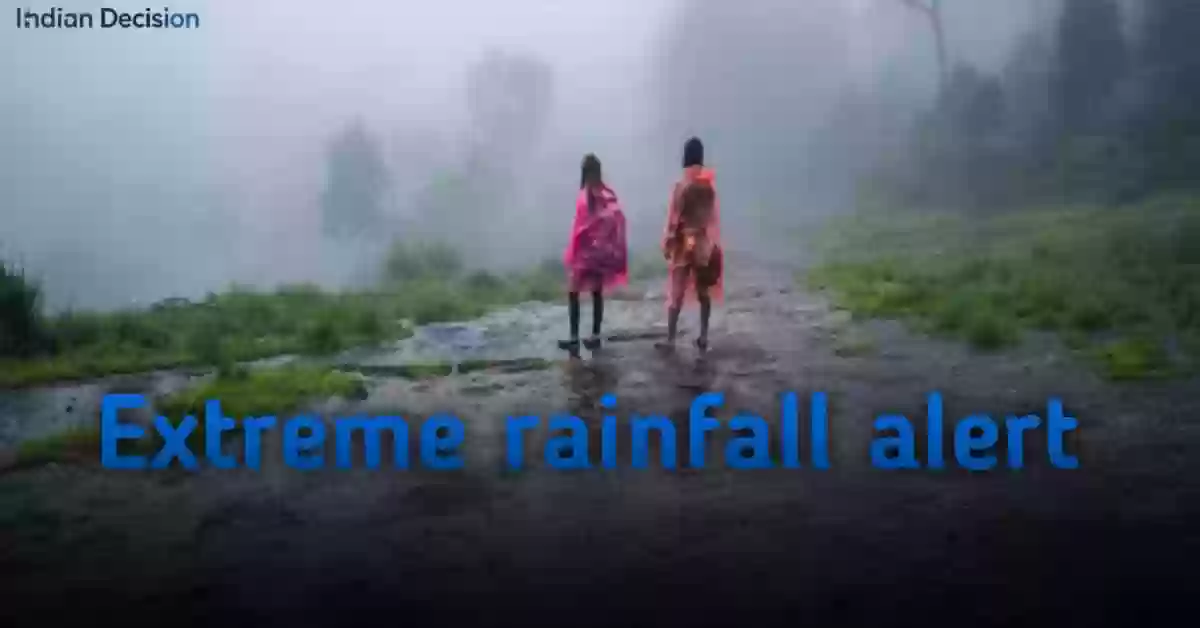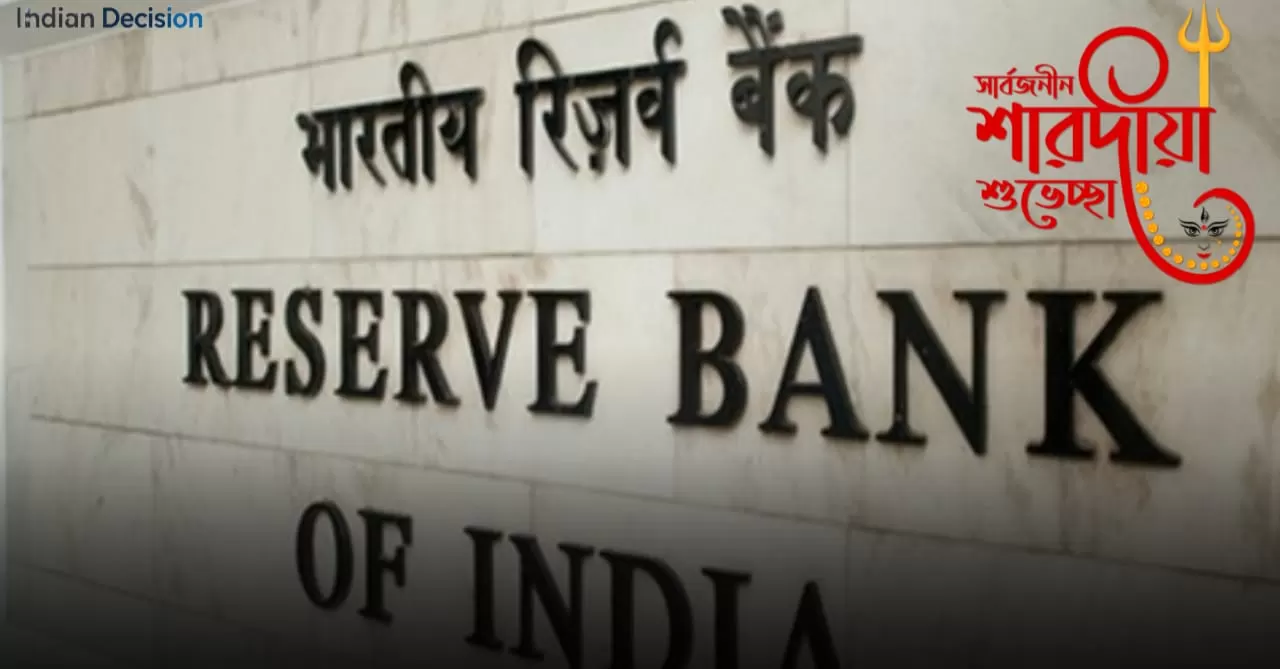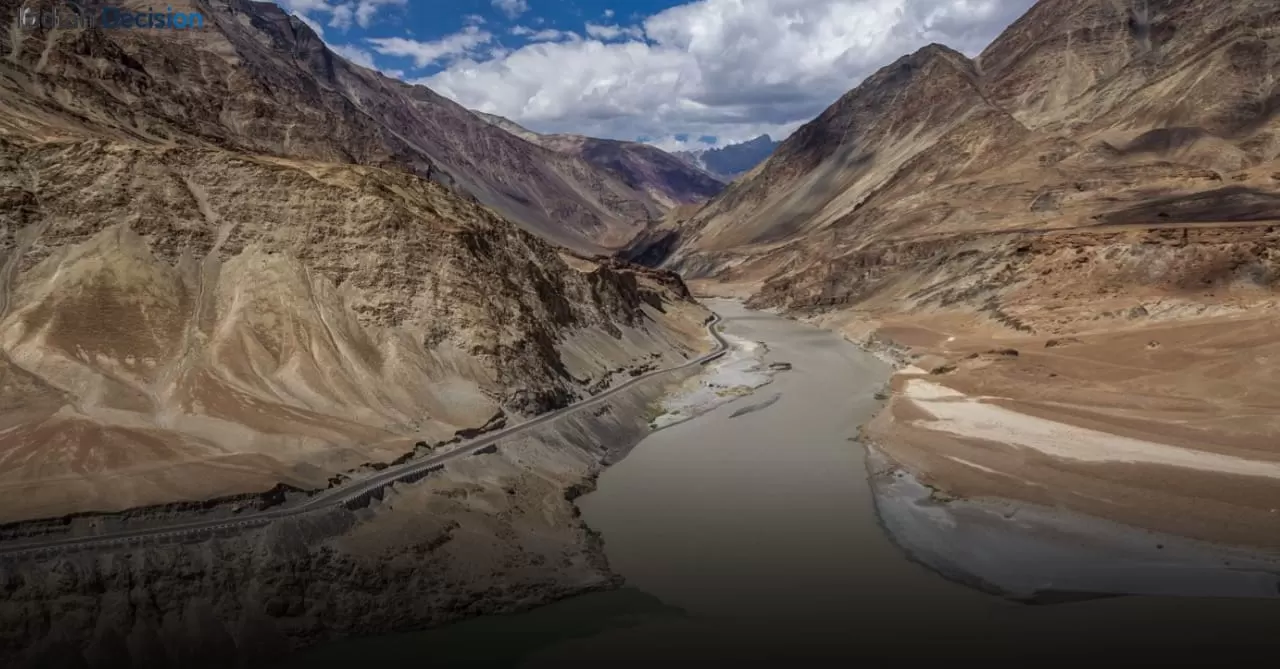Mumbai Under Red Alert: Schools Closed, Trains Delayed, and Heavy Rains Expected Tomorrow
Mumbai is once again facing the full force of the monsoon. The India Meteorological Department (IMD) has placed the city under a red alert for Wednesday, warning of extremely heavy rainfall that could severely impact daily life. Authorities are urging residents to stay indoors as civic agencies brace for possible flooding and transport disruptions.
IMD Weather Forecast for Mumbai
The IMD has forecast rainfall ranging between 115 to 204 mm in several parts of the city, accompanied by gusty winds up to 60 km/h. Such intensity falls under the “extremely heavy” category and could overwhelm drainage systems. Meteorologists have cautioned that coastal belts and low-lying neighborhoods may be hit hardest.
Beyond Mumbai, adjoining districts such as Thane, Raigad, and Palghar have also been issued orange and red alerts, signaling the likelihood of severe weather conditions across the wider Mumbai Metropolitan Region (MMR).
BMC Declares Holiday for Schools and Colleges
In a proactive step, the Brihanmumbai Municipal Corporation (BMC) announced that all schools and colleges will remain closed on Wednesday, August 21. The civic body emphasized that student and staff safety remains the top priority. This decision follows incidents earlier in the monsoon season where children struggled to commute due to waterlogging and disrupted transport networks.
Parents have welcomed the move, though many have expressed concern about continued learning disruptions. Education officials said online classes may be considered if heavy rainfall persists through the week.
Impact on Local Train Services
Mumbai’s suburban train network, the lifeline of the city, has already been hit. Western Railway confirmed the cancellation of 17 early morning services, with others running behind schedule by 30 to 45 minutes. Central Railway lines also reported technical issues caused by waterlogged tracks.
- Western Railway: Multiple services canceled between Churchgate and Virar.
- Central Railway: Delays reported on the Thane to CST line.
- Harbour Line: Services operating with restrictions in low-lying sections.
Authorities advised commuters to avoid non-essential travel and check updates via official railway helplines and social media channels before starting their journeys.
Waterlogging and Traffic Disruptions
By Tuesday evening, waterlogging had already been reported in Kurla, Sion, Santacruz, and Andheri. Videos circulating on social media showed buses stranded on flooded roads and two-wheelers struggling to navigate waist-deep water in parts of central Mumbai. The BMC deployed over 200 dewatering pumps to drain affected areas, but high tide conditions in the Arabian Sea are expected to slow the process.
Traffic police have diverted vehicles from several flooded underpasses, while ride-hailing services have introduced surge pricing due to increased demand. Delivery services and local markets are also expected to face delays in operations.
Flood Preparedness and Safety Measures
Civic officials have issued a list of precautionary measures for residents:
- Avoid traveling through waterlogged areas to prevent accidents or exposure to open drains.
- Keep essential items such as medicines, drinking water, and dry food stocked in case of prolonged disruption.
- Stay updated with official advisories via the BMC’s disaster management helpline (1916) and IMD bulletins.
- Secure electrical appliances and avoid using open wires or exposed connections near waterlogged areas.
Disaster management teams, the fire brigade, and NDRF units are on standby to respond to emergencies.
Red Alert Explained: What It Means for Mumbai
A red alert from the IMD indicates that extremely heavy rainfall is highly likely and can cause significant disruption. For Mumbai, this typically translates into flooding in low-lying zones, massive traffic jams, train cancellations, and occasionally power outages. The city’s drainage network, despite upgrades, often struggles under such deluges, leading to backflow of rainwater onto streets.
Experts have stressed that while infrastructure has improved compared to two decades ago, climate change has increased the frequency of intense downpours. This makes red alerts a more common occurrence during the monsoon season.
Economic Impact of Heavy Rains
Beyond personal inconvenience, prolonged heavy rains also hit Mumbai’s economy. Daily wage laborers, shopkeepers, and small businesses are among the hardest hit as transport disruptions reduce footfall and business activity. The financial markets often experience lower trading volumes during severe monsoon disruptions as traders and office staff struggle to reach workplaces.
Local industries such as construction also face stoppages, while vegetable and fish prices typically spike due to supply chain hurdles from surrounding districts.
Government and Community Response
The Maharashtra government has directed all emergency services to remain on high alert. Chief Minister’s office issued a statement urging citizens to “prioritize safety over schedules.” The BMC has stationed flood rescue boats in flood-prone neighborhoods like Chembur and Dahisar.
Community groups and NGOs have stepped up as well, offering food distribution and temporary shelter in schools and community halls. Many citizen-driven WhatsApp groups and online forums have also begun sharing live updates on flooded roads and safe routes.
What to Expect in the Coming Days
According to IMD officials, Mumbai may experience intermittent showers beyond the red alert period, with the possibility of another heavy spell later in the week. While the city is no stranger to monsoon challenges, authorities emphasize the importance of preparedness, especially with high tide timings coinciding with peak rainfall hours.
Stay Informed
Authorities have urged residents to monitor official updates closely and avoid unnecessary travel until conditions improve. For real-time information, the BMC helpline (1916), IMD’s official app, and verified social media channels remain the most reliable sources.
For now, Mumbai waits with umbrellas and sandbags at the ready, bracing itself for another bout of monsoon fury.







